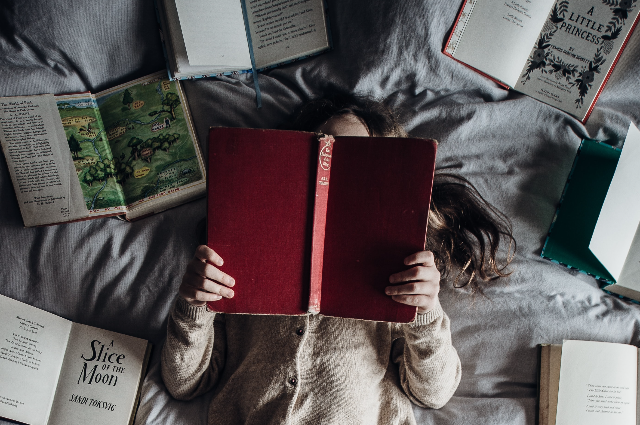
Source: Annie Spratt on Unsplash
When the soul feels an emotion, so profoundly deep, infinite, and immeasurably unfathomable, that a human being is simply unable to and cannot express it in his day to day speech, the soul takes it upon itself to bleed its feelings onto paper in the form of poetry, which is why many may call it “the language of the soul” or as Sir Edgar Allan Poe likes to call it “the rhythmical creation of beauty in words.” Mr. Kahlil Gibran even went so far as to say, “Poetry is a deal of joy and pain and wonder, with a dash of the dictionary”, while W.H. Auden describes it as “the clear expression of mixed feelings”. Such phrases and sayings from great men and women alike are true proof that the art of poetry is like no other and to this day remains unique and true to itself.
The art of poetry is an art form in which human language is used for its aesthetic qualities in addition to, or instead of, its notional and semantic content. It consists largely of oral or literary works in which language is used in a manner that is felt by its user and audience to differ from ordinary prose. It may use the condensed or compressed form to convey emotion or ideas to the reader's or listener's mind or ear. It conveys emotions in a way no other medium can owing to its uniqueness and appealing nature to both the poet and the reader. According to Dylan Thomas, poetry is what in a poem makes you laugh, cry, prickle, be silent, makes your toenails twinkle, makes you want to do this or that or nothing, makes you know that you are alone in the unknown world, that your bliss and suffering is forever shared and forever all your own.
This statement holds so true because it is only the art of poetry that can touch readers so deeply and to the core and can even change lives forever. The art of poetry delivers the poet’s personal experiences, emotions, and sentiments with such intensity and spirit that it touches millions of people every year. In fact, nearly 12 percent (11.7 percent) of adults read poetry in the last year, according to new data from the National Endowment for the Arts' 2017 Survey of Public Participation in the Arts (SPPA). That's 28 million adults. The history of this art stretches as far back in our history as the early 1000s since, many ancient works, from the Vedas (1500 - 1000 BC) to the Odyssey (800 - 675 BC), appear to have been composed in poetic form to aid memorization and oral transmission, in prehistoric and ancient societies. This shows that Poetry appears among the earliest records of most literate cultures, with poetic fragments found on early monoliths, rune stones, and stelae. This data shows us that right from ancient times and even today poetry holds true to itself as an art form and is one of the world’s oldest, yet most practiced art forms.
On the whole, poetry can be described as writing that formulates a concentrated imaginative awareness of experience in language chosen and arranged to create a specific emotional response through meaning, sound, and rhythm. While many others simply think that it is an art form too vast, intense, and heartfelt to be put into words and so, choose to simply refer to it as “language at its most distilled and most powerful.” I personally like to think that Poetry is not only a dream and vision; it is the skeleton architecture of our lives. It lays the foundations for a future of change, a bridge across our fears of what has never been before.
